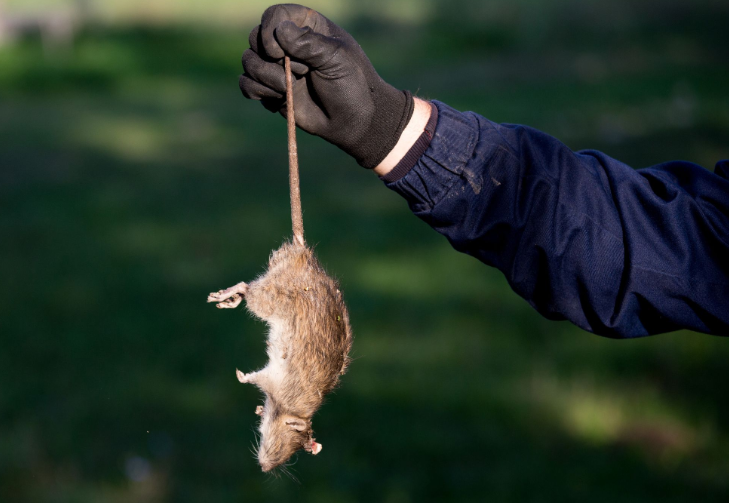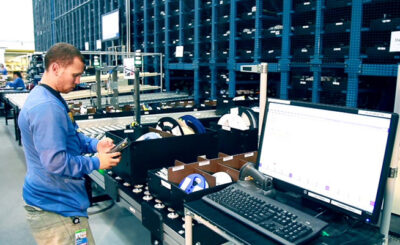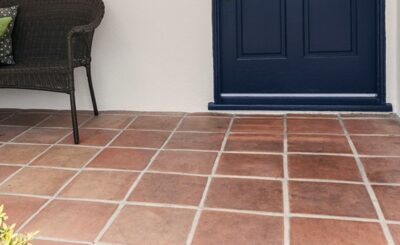Rodents are among the most common pests encountered in homes, businesses, and agricultural settings worldwide. Not only do they pose health risks and property damage, but they can also be challenging to eradicate once they establish a presence. However, successful rodent removal is achievable with the right knowledge, tools, and techniques. In this comprehensive guide, we’ll explore the best practices and innovative solutions for long-term rodent control, empowering homeowners and pest management professionals to effectively combat rodent infestations and ensure a pest-free environment.
Implementing Integrated Pest Management (IPM) Strategies
Integrated Pest Management (IPM) is a holistic approach to pest control that emphasizes prevention, monitoring, and targeted intervention methods. In the context of removal, IPM strategies involve a combination of sanitation, exclusion, trapping, and baiting techniques. By implementing IPM practices, homeowners and pest management professionals can minimize reliance on chemical treatments and adopt sustainable solutions that address the root causes of rodent infestations. This comprehensive approach not only ensures effective removal but also prevents future reinfestations.
Conducting Thorough Inspections and Assessments
Successful removal begins with a thorough inspection of the property to identify signs of rodent activity and potential entry points. Look for droppings, gnaw marks, nesting materials, and greasy rub marks along walls and baseboards. Pay particular attention to areas with food and water sources, such as kitchens, pantries, and garbage storage areas. Once you’ve identified problem areas, assess the extent of the infestation and develop a targeted removal plan tailored to your specific needs and circumstances.
Utilizing Mechanical Traps and Bait Stations
Mechanical traps and bait stations are essential tools for capturing and removing rodents from your property. Snap traps, glue boards, and multi-catch traps are effective options for capturing mice and rats, while bait stations containing rodenticide baits can provide long-term control when placed strategically. When using traps and bait stations, be sure to follow manufacturer instructions and place them in areas with high rodent activity, such as along walls, in corners, and near entry points. Regularly inspect and reset traps to maintain effectiveness and maximize your chances of success.
Employing Exclusion Techniques to Prevent Reinfestation
Preventing future rodent infestations requires proactive exclusion techniques to seal off entry points and deny rodents access to your property. Seal cracks, gaps, and holes in walls, foundations, doors, and windows with caulking, steel wool, or wire mesh to prevent rodents from entering buildings. Trim trees and bushes away from structures to eliminate potential pathways for rodents to climb onto roofs and gain entry. Additionally, store food and garbage in sealed containers, and maintain cleanliness to eliminate attractants and deter rodent activity.
Utilizing Electronic Monitoring and Detection Devices
Advancements in technology have revolutionized the field of rodent removal, offering innovative solutions for monitoring and detection. Electronic monitoring devices, such as motion-activated cameras and rodent activity sensors, provide real-time insights into rodent behaviour and movement patterns. By strategically placing these devices in problem areas, homeowners and pest management professionals can identify rodent activity hotspots, track infestation trends, and adjust removal strategies accordingly. Electronic monitoring devices offer a non-invasive and cost-effective approach to removal that complements traditional trapping and baiting methods.
Regular Maintenance and Monitoring for Sustained Control
Achieving long-term success in removal requires ongoing maintenance and monitoring to sustain control efforts. Even after implementing removal strategies and exclusion techniques, it’s crucial to conduct regular inspections and follow-up treatments to ensure that rodent populations remain under control. Continuously monitoring for signs of rodent activity, such as new droppings or gnaw marks, allows homeowners and pest management professionals to detect and address potential reinfestations promptly. By staying vigilant and proactive, you can maintain a pest-free environment and prevent rodent populations from rebounding.
Environmental Considerations and Eco-Friendly Solutions
When addressing rodent infestations, it’s essential to consider the environmental impact of removal methods and choose eco-friendly solutions whenever possible. Many traditional rodenticides and pesticides can have adverse effects on non-target wildlife, pets, and the environment. Opting for non-toxic alternatives, such as mechanical traps and natural repellents, minimizes the risk of unintended harm and promotes environmental sustainability. Additionally, implementing habitat modifications, such as reducing clutter and eliminating standing water, creates less hospitable conditions for rodents while supporting overall ecosystem health.
Community Engagement and Education Initiatives
Rodent infestations can affect entire communities, making community engagement and education initiatives essential components of successful rodent removal efforts. By partnering with local governments, neighbourhood associations, and community organizations, homeowners and pest management professionals can raise awareness about rodent prevention and control strategies, share resources and best practices, and coordinate efforts to address widespread infestations. Engaging with the community fosters a sense of collective responsibility and encourages collaborative solutions to rodent-related challenges, ultimately leading to more effective removal and control efforts on a larger scale.
Collaborating with Pest Management Professionals
While DIY removal methods can be effective for minor infestations, severe or recurring infestations may require the expertise of pest management professionals. Experienced professionals have the knowledge, tools, and resources to assess the severity of infestations, develop customized removal plans, and implement effective control measures. By collaborating with pest management professionals, homeowners can ensure thorough removal and long-term control of rodent populations, providing peace of mind and safeguarding their property against future infestations.
Conclusion
Successfully removing rodents from your property requires a multifaceted approach that addresses the root causes of infestations and employs a combination of prevention, monitoring, and control techniques. By understanding rodent behaviour and biology, implementing integrated pest management strategies, conducting thorough inspections, utilizing mechanical traps and bait stations, employing exclusion techniques, and collaborating with pest management professionals, homeowners can effectively combat rodent infestations and ensure a pest-free environment for themselves and their families. With the insights and techniques shared in this guide, you can unlock the secrets of successful rodent removal and achieve long-term control of rodent populations on your property.








